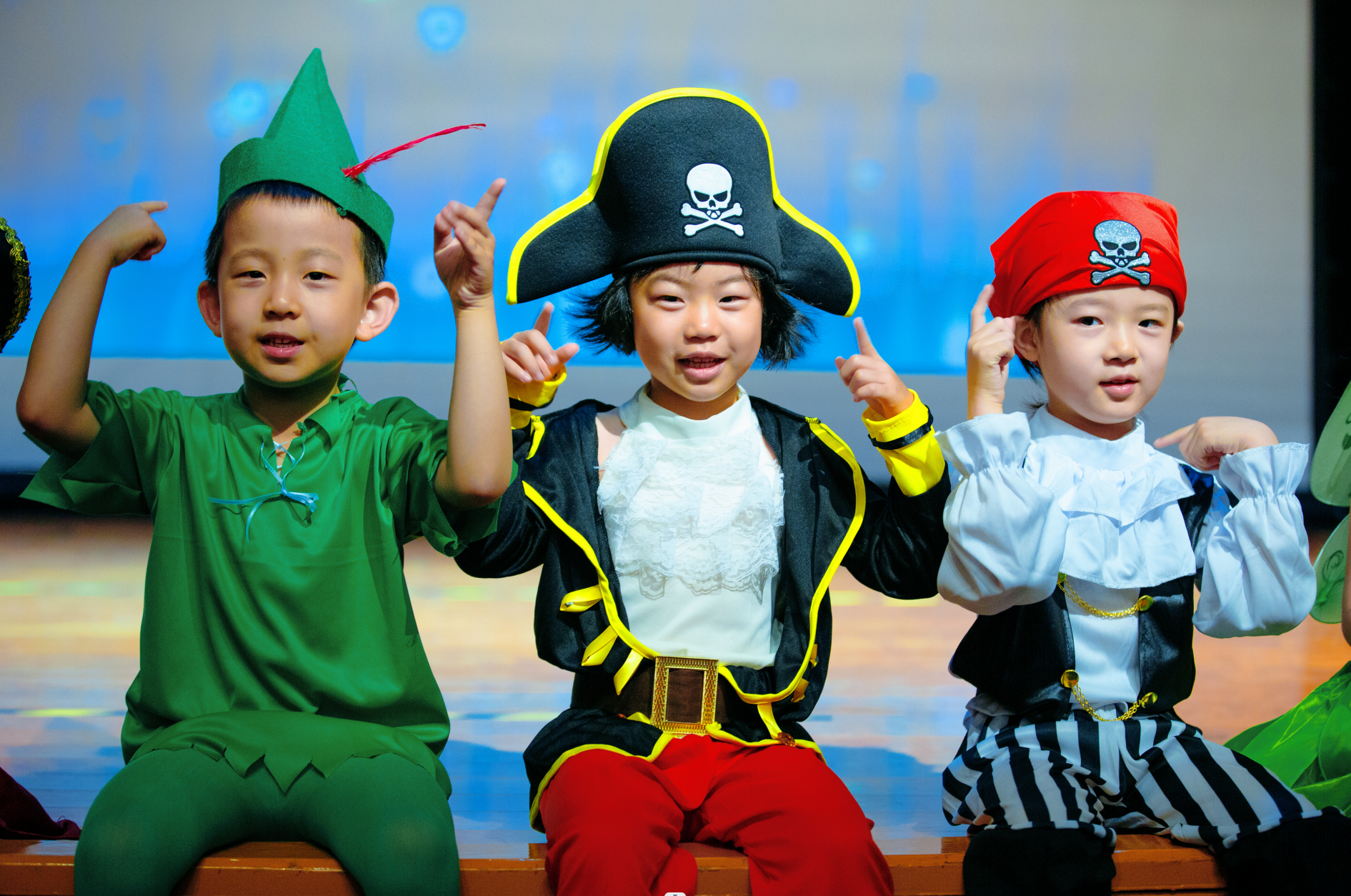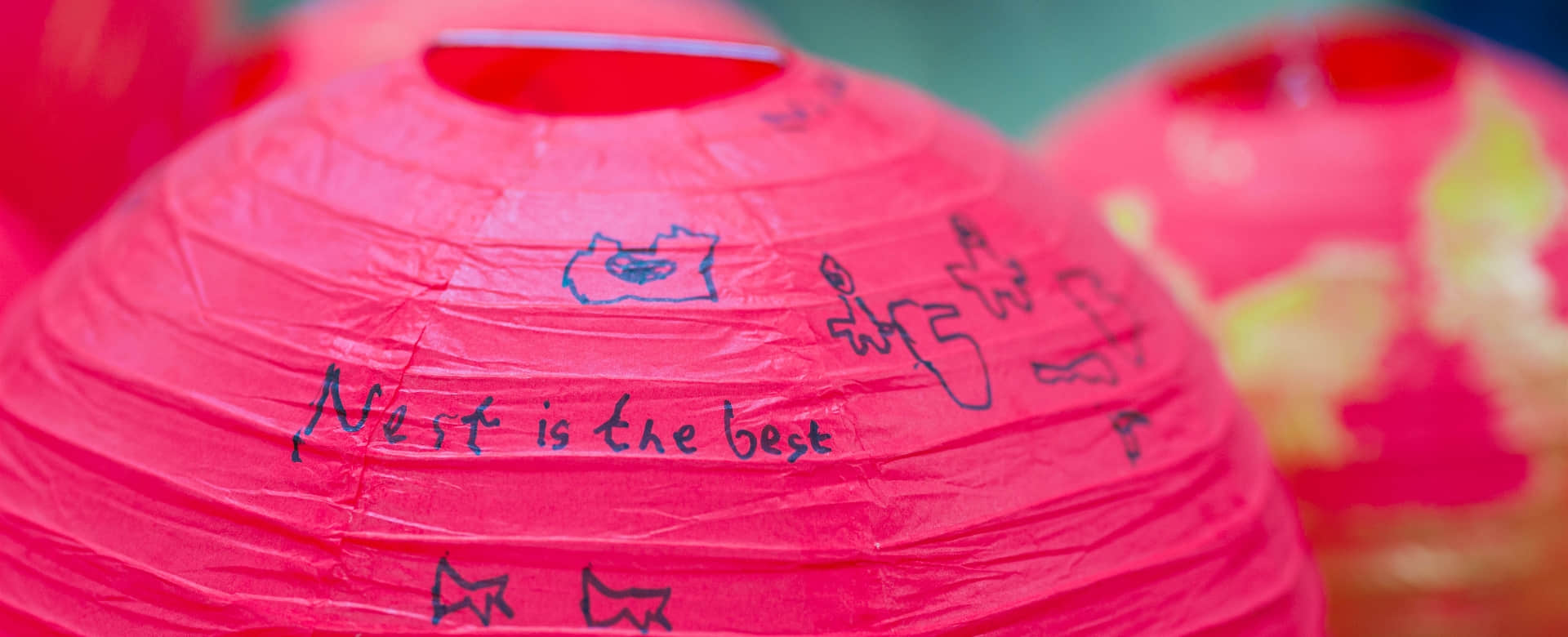Into the Classroom | Linking Learning through Books
Melody Yuan
Year 1 Teacher
For the past few weeks, the children have thrown themselves into the classical story “We’re Going on a Bear Hunt” by Michael Rosen.

Pupils have been exposed to many rhythmic words and repetitive language such as,
-
We are going on a bear hunt
-
We are going to catch a big one
-
What a beautiful day
-
We are not scared
-
We can’t go over it
-
We can’t go under it
-
We have to go through it
This helps children to learn the story and quickly allows non-native speakers the confidence to use familiar language correctly. Going on a Bear Hunt was used as a core text and as such served as our guide for all topics of learning in all areas for four weeks.
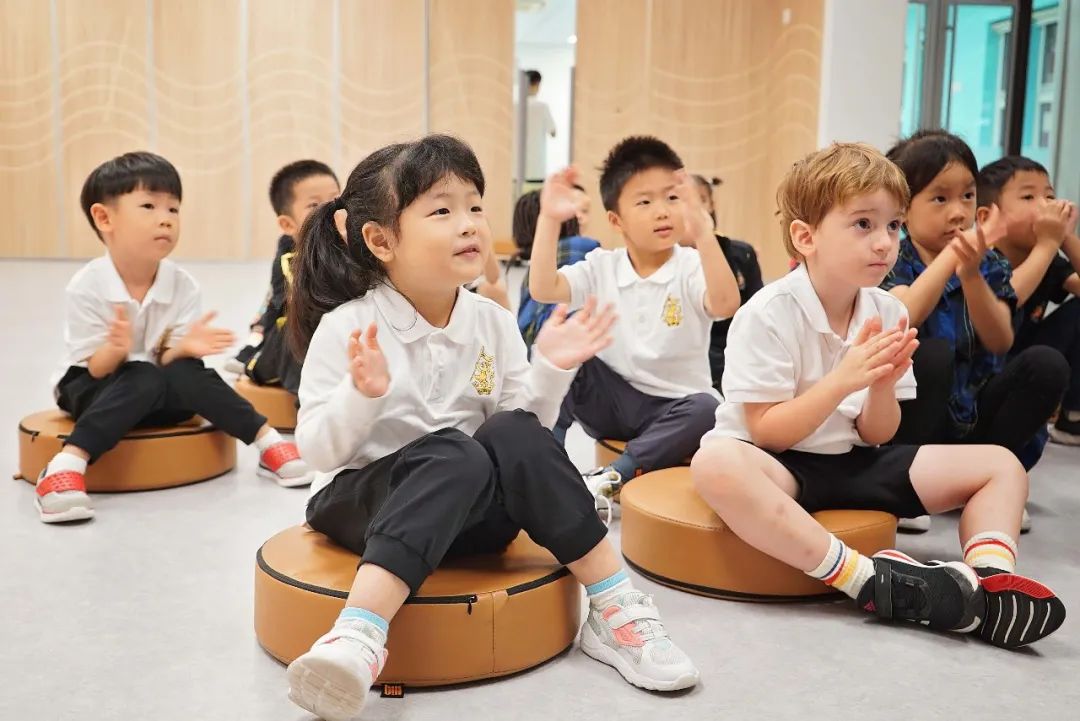
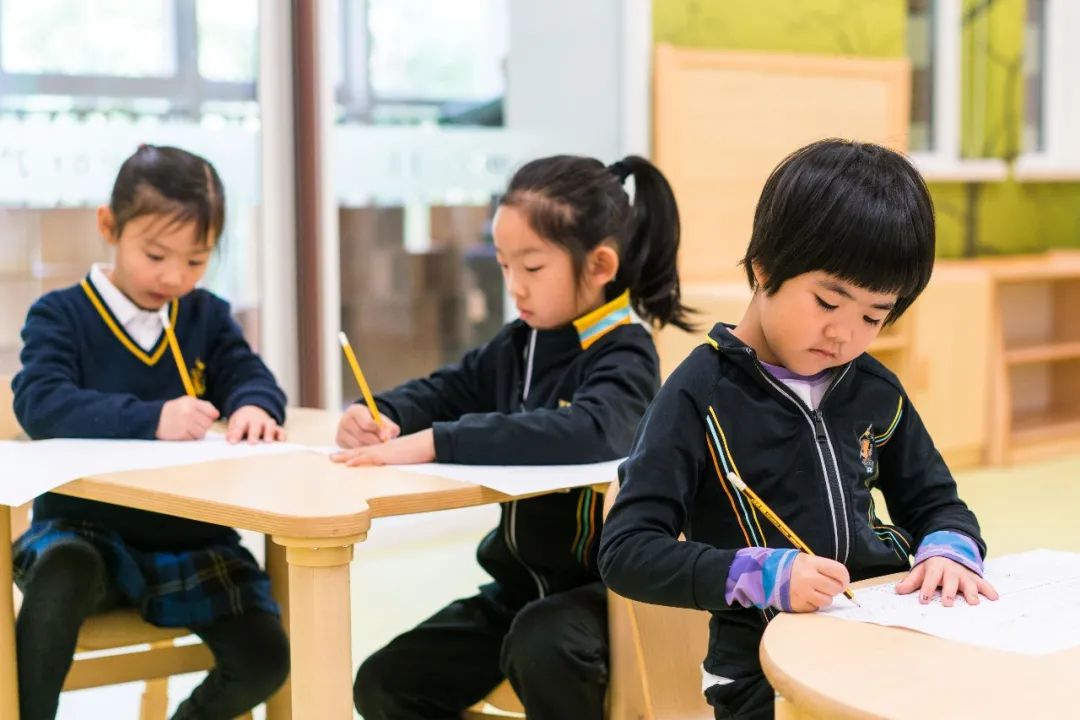
For literacy development, we encouraged children to label the body parts of the bear. The children used their phonic knowledge to write explanatory text for their pictures, either words or sentences. Pictures were used to sequence the story. We mapped the story collectively and the children drew their own story maps. Some of them even wrote their own storybook and changed the ending. This is using the Talk for Writing format which we start in reception and carry on into the Junior School. In the classroom, we set story related props to support children in role-play to retell the story.

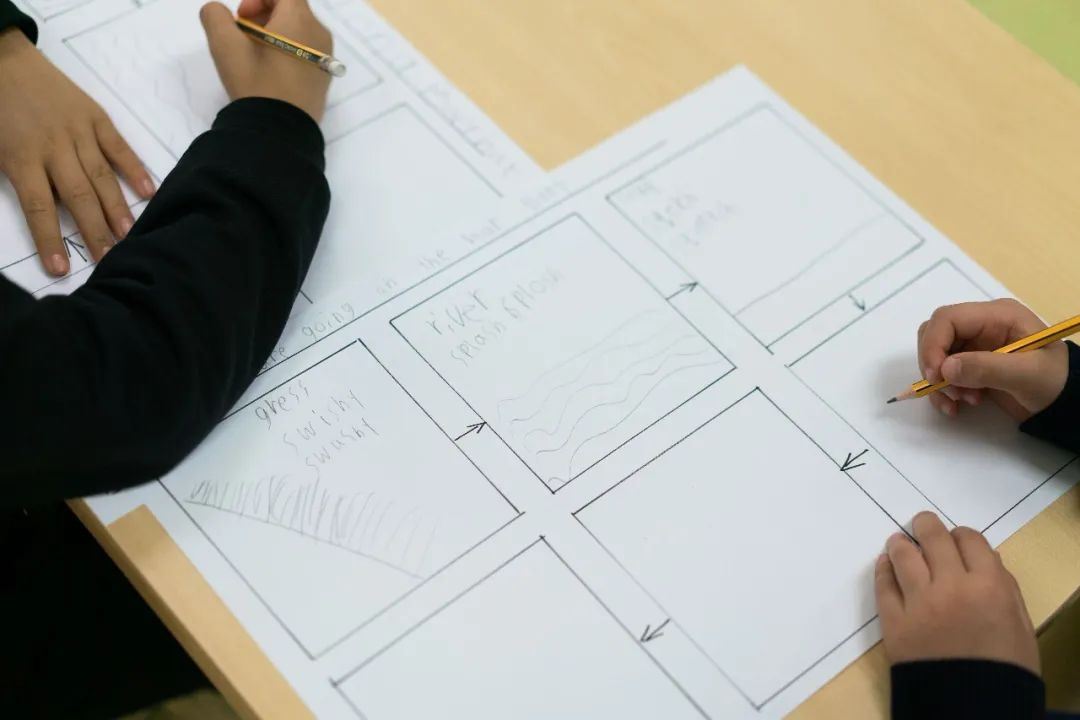
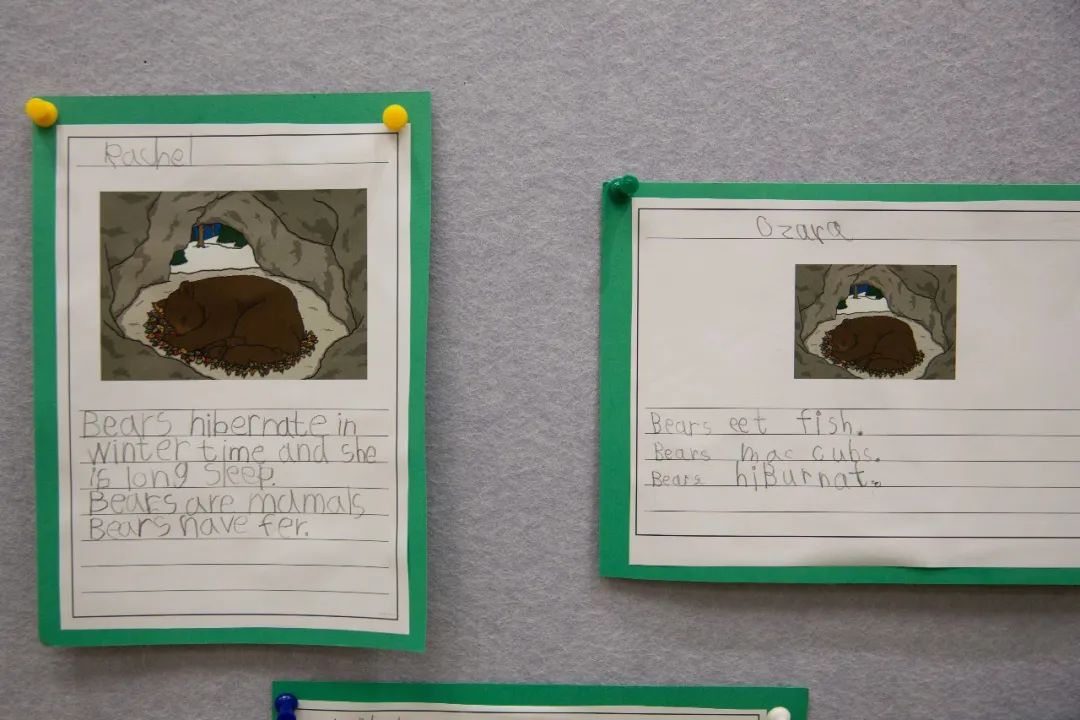
In STEAM areas, we investigated animal classification. We investigated the grouping which bears belong to, examined the characteristics of mammals and why bears fit into this group. Children were encouraged to find other similar animals and then ones that were very different. The differences were carefully investigated and different groupings were found. Eventually, we were able to divide a set of animal pictures into either mammal or reptile groups.
We also explored drawing techniques using shapes in our representations of the bear. Children used the back of a fork to dab brown paint on the paper to draw the bear faces, cut bear eyes out of newspaper and make their noses out of ground coffee beans.
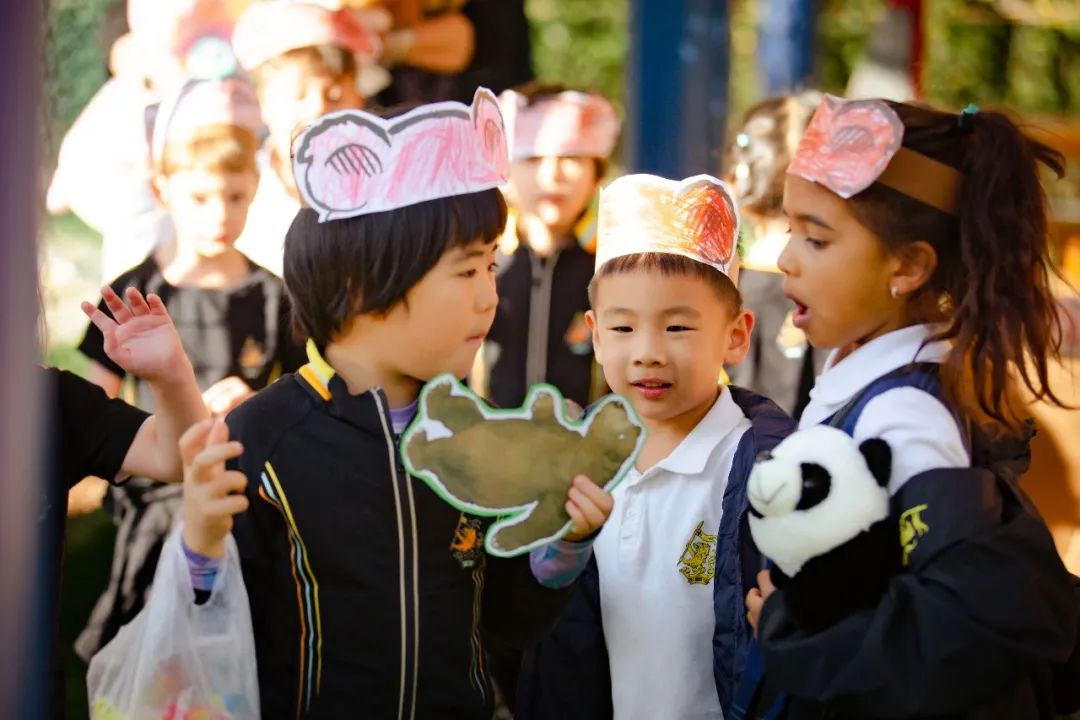
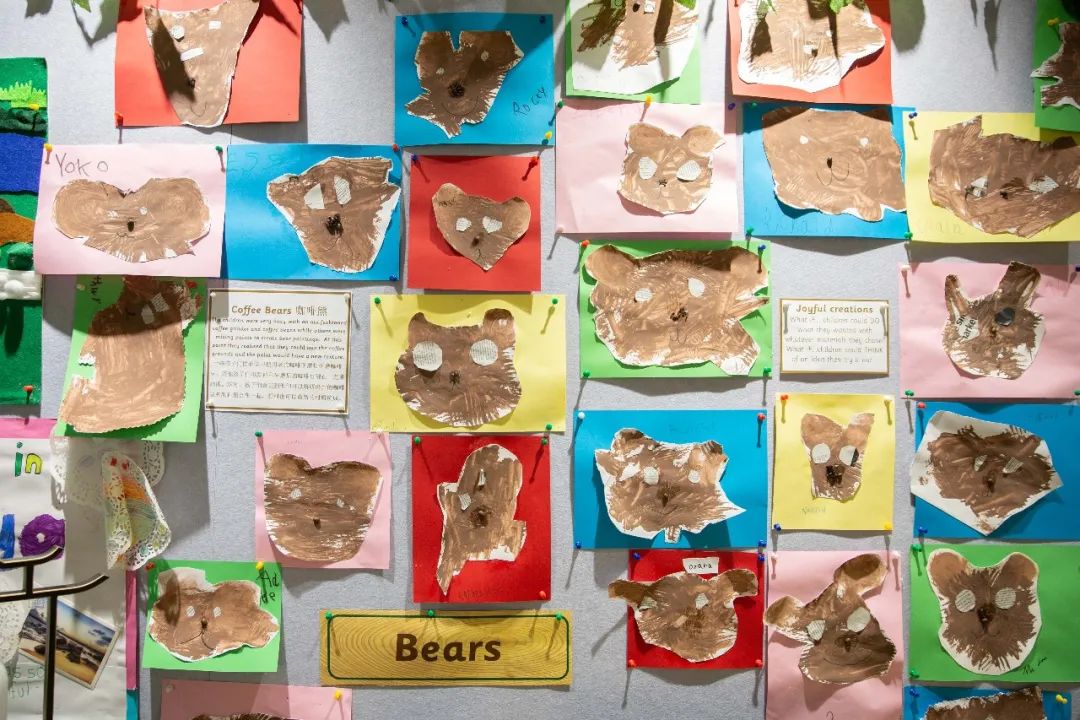
This topic was extended into mathematics as we examined the patterns on animal skins and other patterns found in nature. Key elements of patterns were decided upon and children were quickly able to differentiate between patterns and randomly occurring shapes, colours or objects. Children were also exposed to positional terms like over, under and through and pupils were required to use these words independently and accurately. Furthermore, children were expected to sequence events in the story and to use ordinal numbers such as first, second and third, correctly when discussing events from the story.
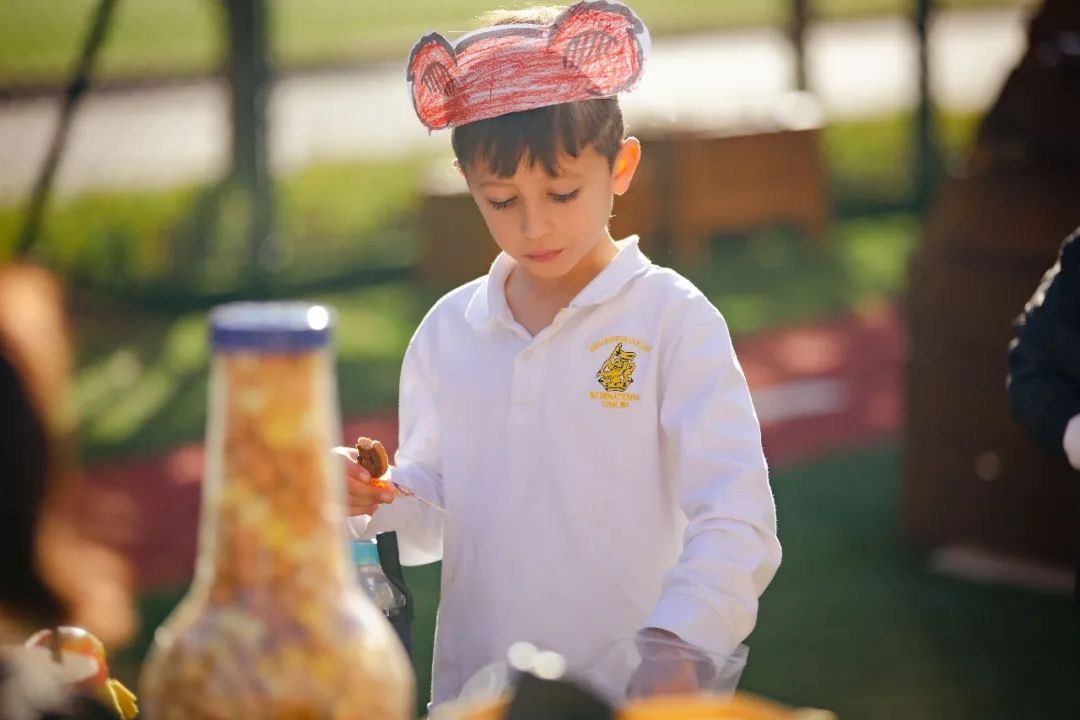
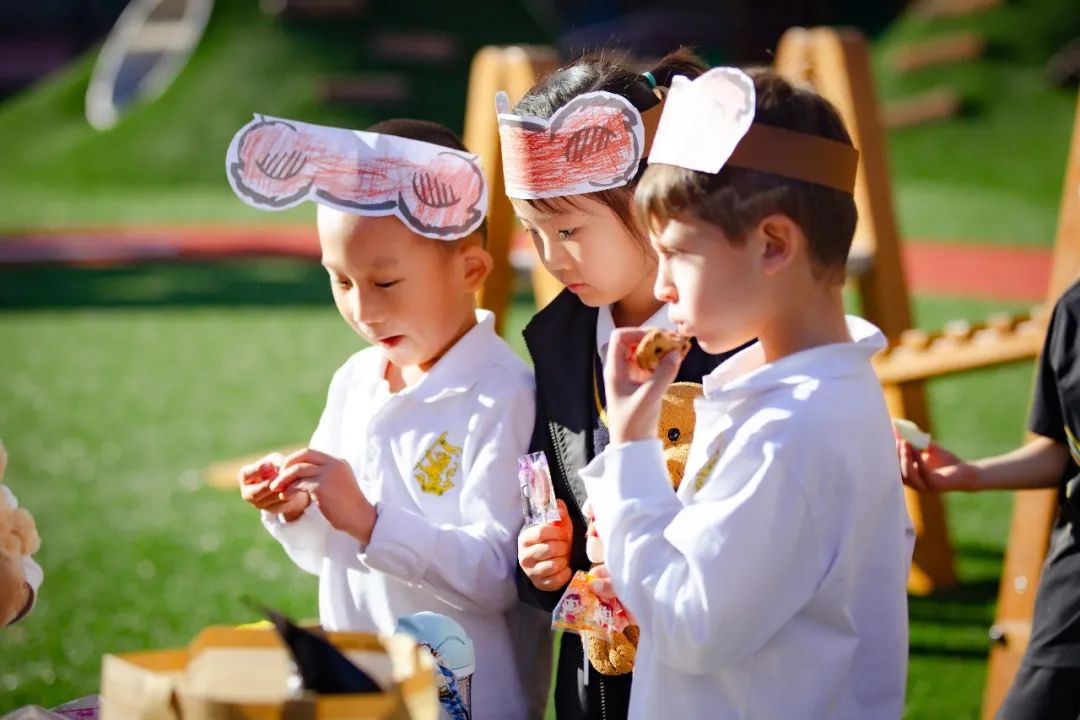
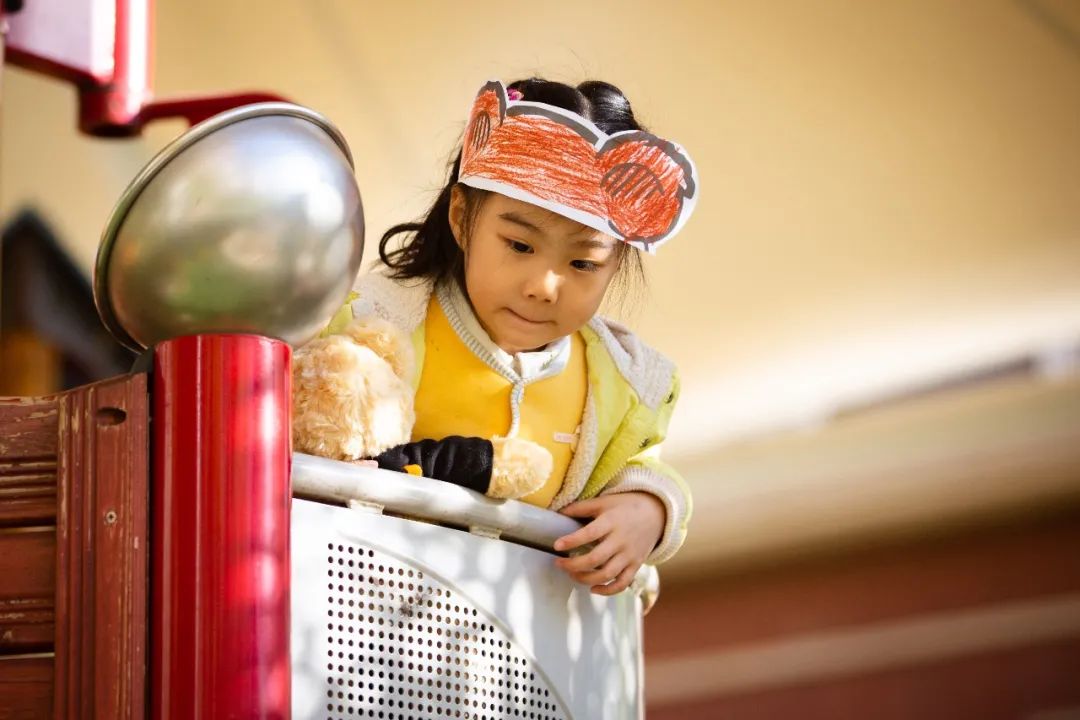
As a further extension, all year one pupils assisted in representing the story graphically with supporting text on our big display board outside the year one classroom. Different media and textures were used and children were encouraged to be creative and explore their own ideas.
It is with great pride that we witnessed their enjoyment, growth and development through the story. They have grown in confidence, independence and have made huge strides in academic attainment!
Related Articles







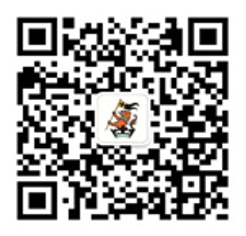
 Channel
Channel 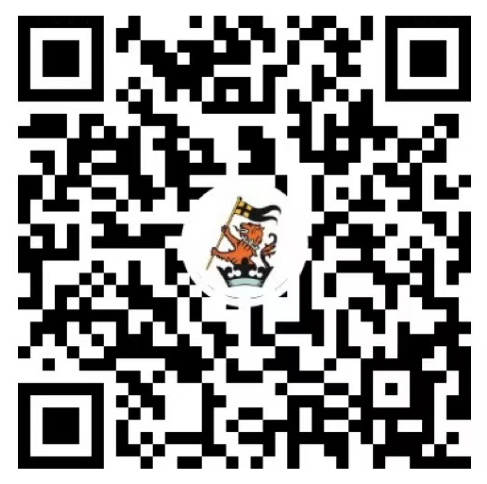
 Linkedin
Linkedin  Weibo
Weibo  Facebook
Facebook  Ins
Ins 

